IC Insights recently released its latest IC Market Drivers Report for 2018, which includes IC Insights' latest forecasts for smartphones, cars, PCs, tablets, and the Internet of Things (IoT) market.
The highest forecast for overall IoT sales in 2018 was $90.9 billion, which is in line with the initial forecast released in November 2017. However, the amount of U.S. dollars in the end-use category was adjusted due to a slight change in the expected growth rate. In addition, U.S.$2.5 billion in revenue was reclassified and transferred from large connected cities to a wide range of industrial Internet groups covering most commercial applications, including medical applications.

In 2018, the IoT system revenue for industrial Internet applications is expected to increase by 17.7% to 35.9 billion U.S. dollars, while the connected cities include government-funded infrastructure, “smart” highways and bridges, street lights, power grids and other utilities, and public Safe video security networks, environmental and weather monitors and other systems are expected to increase by 7.0% this year to $38.8 billion.
The strongest growth in 2018 is expected to occur in the IoT connected vehicle category and is expected to grow by 21.6% this year to $4.5 billion. It is expected that IoT sales generated by connected home systems in 2018 will increase by 16.0% to US$2.9 billion, and this year wearables (including smart watches and medical units supporting the Internet) are expected to increase by 12.4% to US$11.8 billion.
In addition, the update of the report reduced the sales growth rate of the three Internet of Things end-user market categories during 2016-2021, the CAGR of the wearable system decreased from 12.8% to 11.9%, and the CAGR of connected residential applications from 16.8%. It fell to 14.8%; while the Industrial Internet segment's compound annual growth rate in the five-year period fell from 18.7% to 17.8%.
Sales growth forecast for connected vehicle systems remains unchanged, with a compound annual growth rate of 22.9% from 2016 to 2021. Automotive Internet applications are accelerating because automakers are racing to add more automated controls and driver assistance features to increase safety and makes the vehicles aware of its own location, road conditions and weather changes.

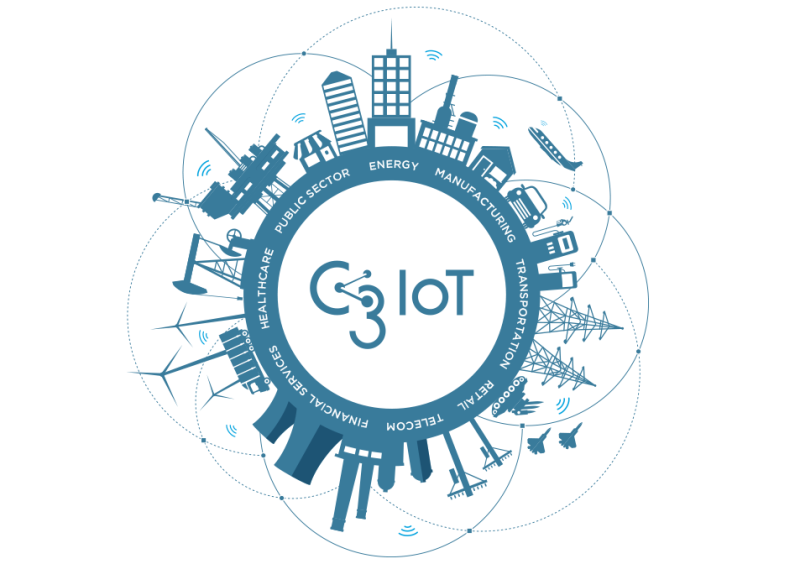






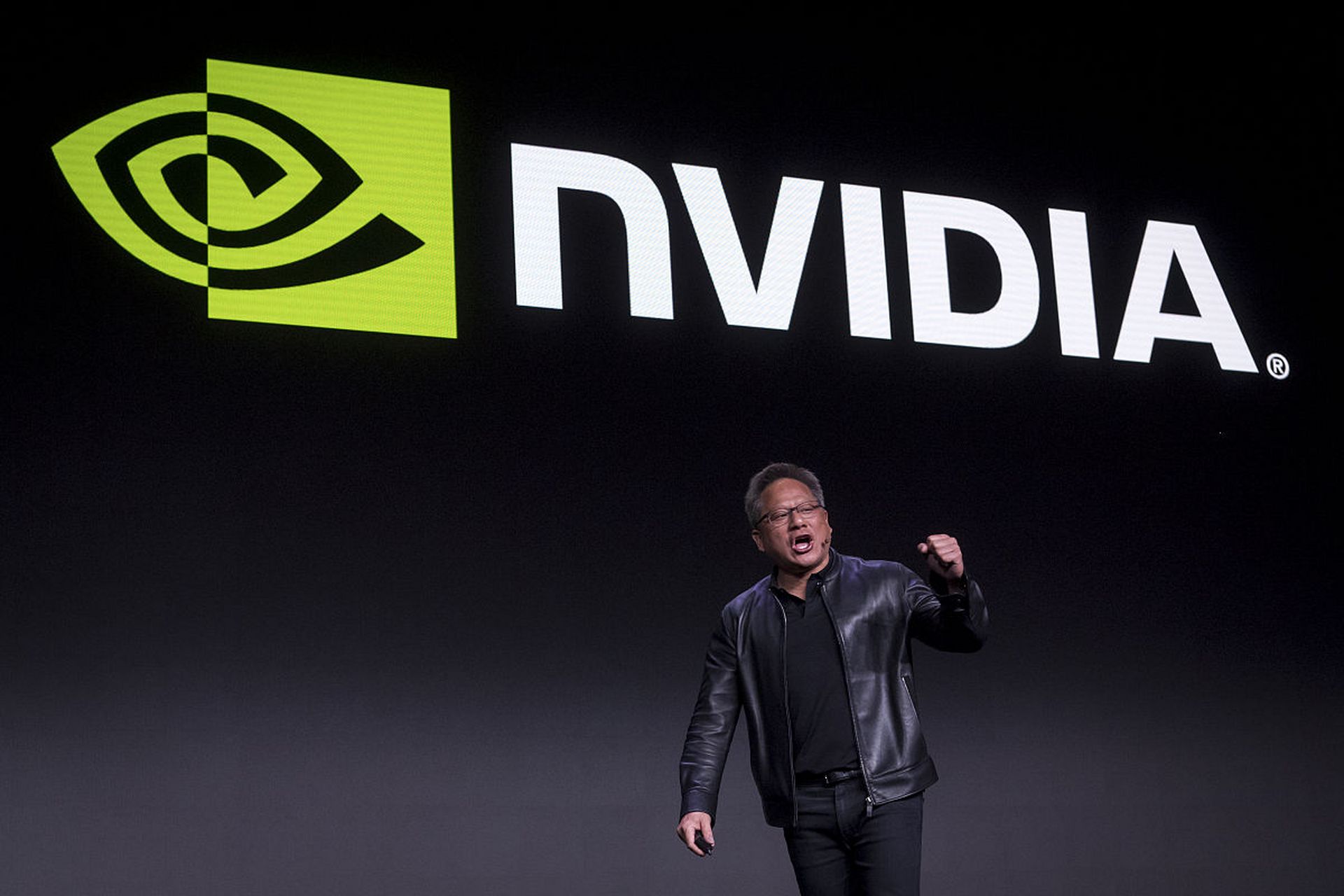
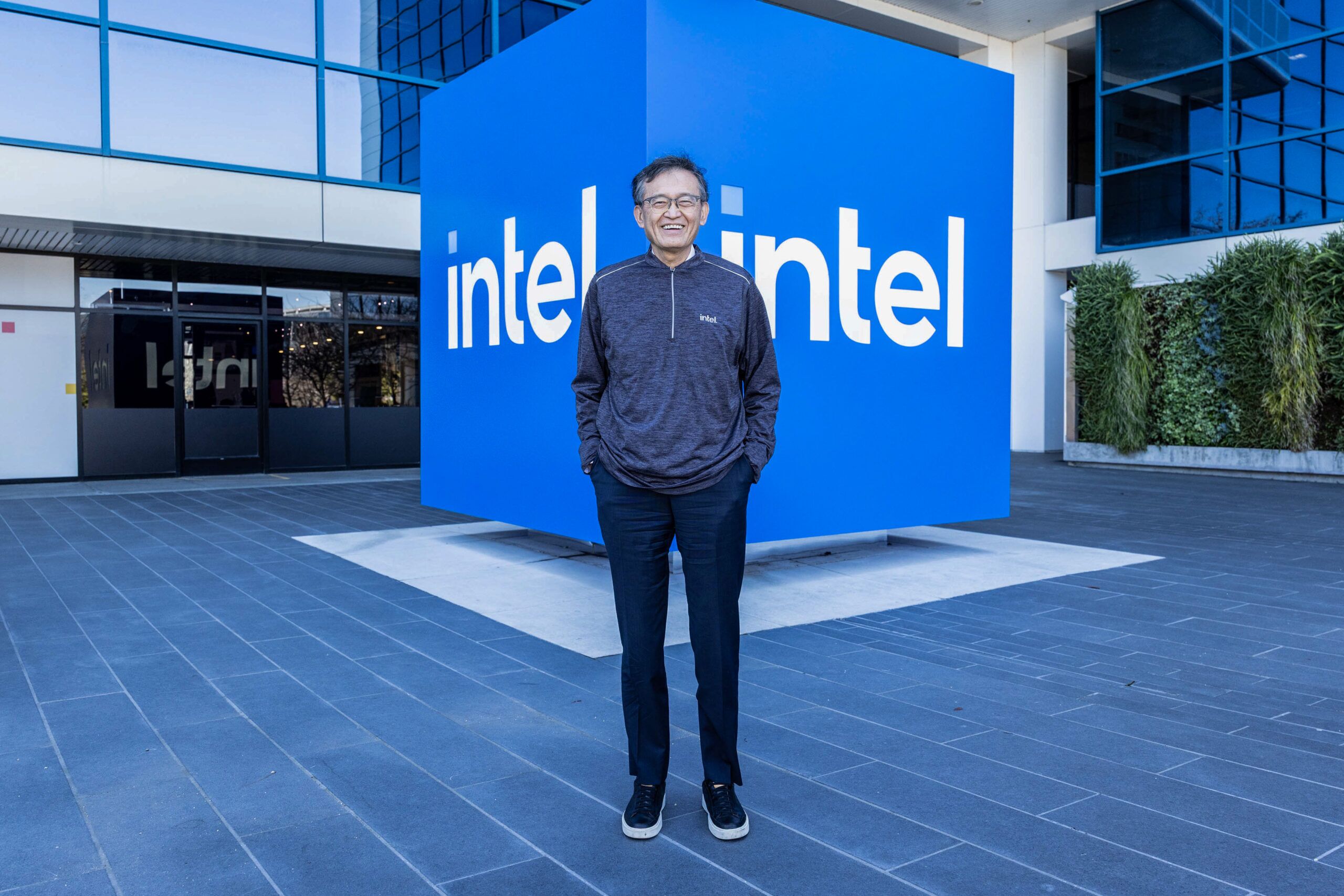
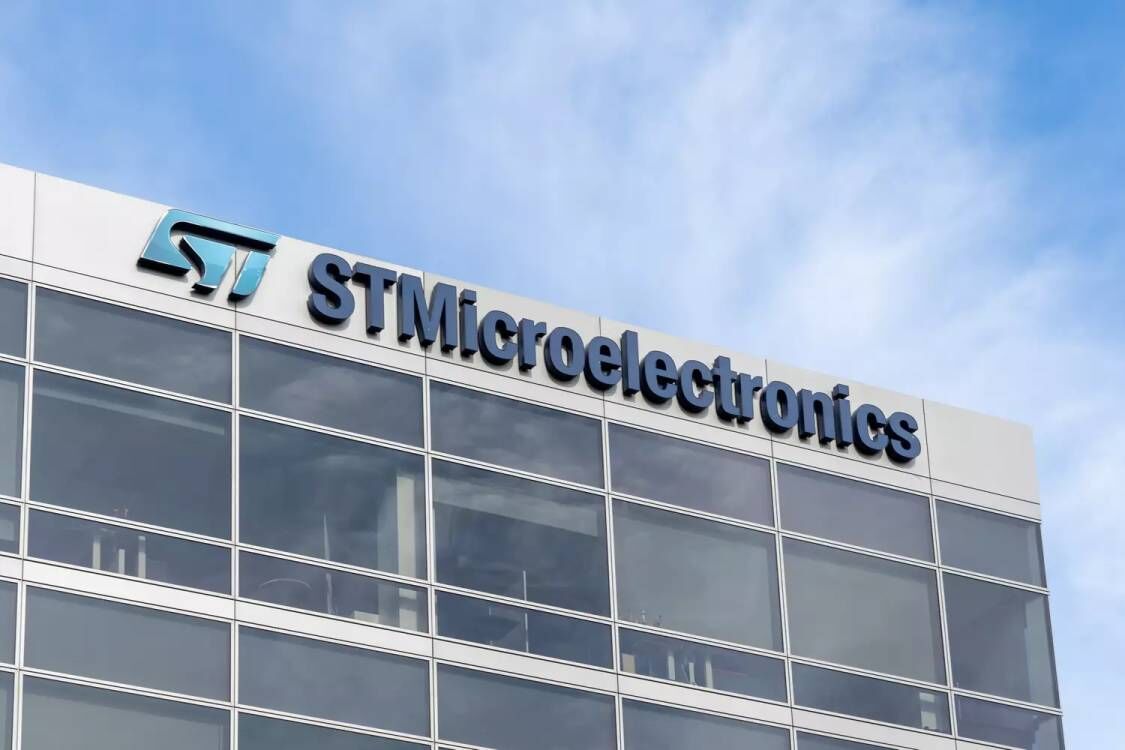
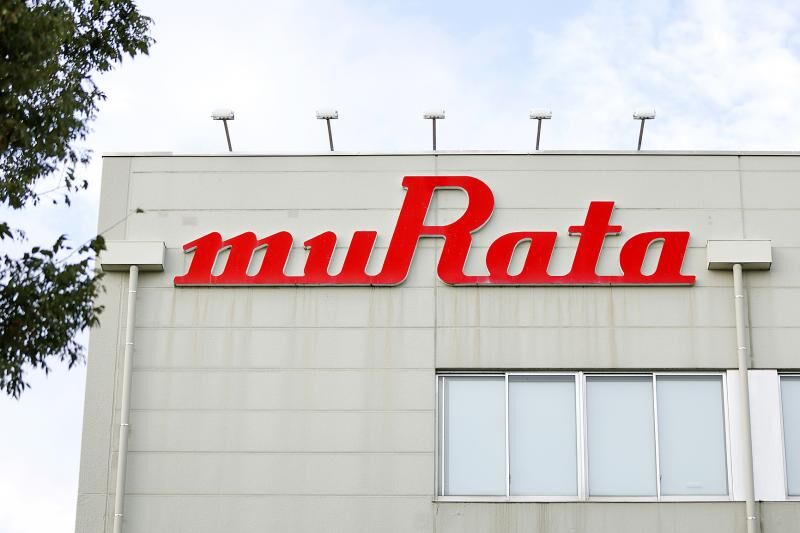
All Comments (0)